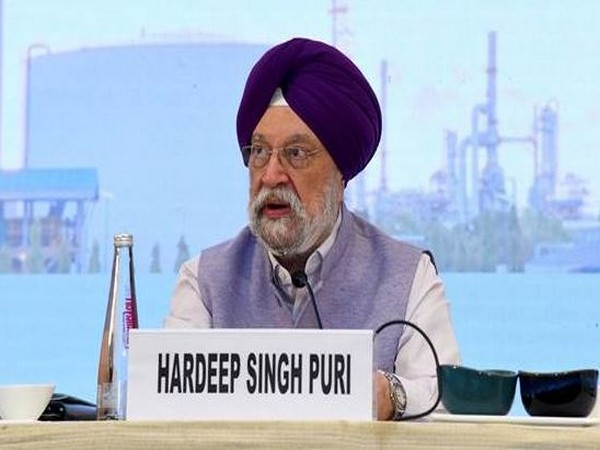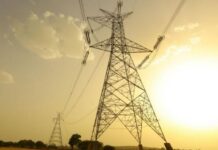New Delhi: Union Minister of Petroleum and Natural Gas Hardeep Singh Puri, addressed the media in Delhi on Saturday, shedding light on matters pertaining to the Ministry of Petroleum and Natural Gas.
During the press conference, Minister Puri highlighted the recent decision by Prime Minister Narendra Modi to reduce the prices of LPG cylinders by Rs 100, announced on International Women’s Day.
Minister Puri said, “On International Women’s Day PM Narendra Modi conveyed this significant decision of reducing LPG cylinders price by Rs 100. During the cabinet meeting on Thursday, PM Modi had announced that the LPG cylinder subsidy, which was to end on March 31, will be extended to 2024-25.”
Minister Puri underscored the significance of this decision, emphasizing its impact on the accessibility and affordability of LPG cylinders for millions of households across the country.
He provided historical context, noting that LPG cylinders were introduced in the 1950s, yet even after over six decades, only 14 crore cylinders were available in India, indicating their scarcity.
Miister Puri said, “In the 1950s, LPG cylinders were made available. After more than 60 years, only 14 crore LPG cylinders were there in the country. It means LPG cylinders were a scarce commodity.”
Reflecting on the implications of the scarcity of LPG cylinders, Minister Puri criticized what he termed as “irresponsible policy-making,” suggesting that the absence of adequate supply led to challenges in pricing and subsidy distribution.
“When LPG cylinders were not there, then the matter of pricing and subsidy was also not there. This is what I call irresponsible policy-making”, said Minister Puri.
Furthermore, Minister Puri delved into the composition of LPG cylinders, explaining that liquefied petroleum gas (LPG) is derived from crude oil.
He highlighted the significant reliance on imported crude oil, revealing that approximately 85% of the crude oil used by Indian refineries is imported due to domestic production limitations.
Minister Puri said, “Now, what goes into this cylinder? Liquefied petroleum gas. Where does liquefied petroleum gas come from? is made from crude oil. In India, how much crude is domestically produced and how much is imported? Let me give you a rough figure, 85 per cent of the crude which goes into our refineries on a growing market is imported.”
“When the international prices went up, we allowed the price domestically only to go up by 70%, rest of it was absorbed… Now we have taken September 2021 to September 2023. In this period, the prices came down by 4.56% in Delhi. We were having no issues with the availability… You have to refine the crude oil in a refinery to make petrol and diesel. The prices of petrol and diesel were reduced in November 2021 and May 2022” the minister added.
The Minister’s remarks shed light on the intricate interplay between domestic energy production, import dependence, and consumer pricing policies.
Minister Puri’s insights into the dynamics of LPG supply and pricing provide valuable context for understanding the broader challenges and opportunities in India’s energy landscape.
(WIth inputs from ANI)












